Our rare book holdings include manuscripts, diaries, oversized books, books with illustrations and more, written in Arabic, Latin, French, and Persian.
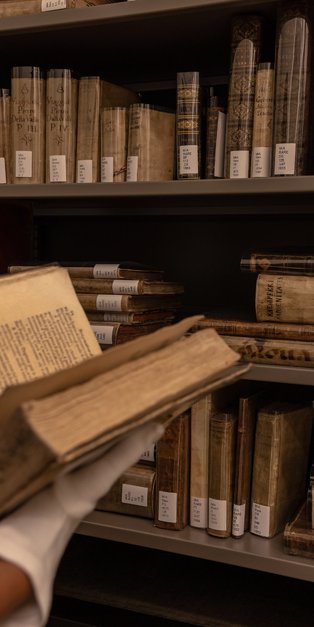
Rare Books
Our collection of 2,000 rare books in English and Arabic includes many items that are not available anywhere else in the region.
Policies and Procedures
Applications to consult materials from the rare book room must be submitted 24 hours in advance. Apply Now
Most rare books are extremely fragile and should be dealt with delicately. In order to maintain their quality, our rare books are kept in a specific environment set by a professional conservator. This includes the temperature and humidity of the room and the placement of pest traps to avoid any damage to the collection. To prevent any damage to the items in the collection, visitors to the rare book room are required to adhere to the following policies and procedures:
Handling a Rare Book
- To remove the book from the shelf, hold it firmly by the spine at the middle of the book. Never pull it off by the headcap.
- Oversized books may be handled with both hands and one by one. Ask for help if they are too large or heavy and move them with a book truck if necessary.
- Do not stack the books very high.
- Do not force the opening of the book. Use cradles to provide proper support of the volume.
- Do not use clips, staples, self-adhesive tape or any other foreign materials on the book.
- Do not use pens or markers. Use only pencils in the reading room to take notes.
- To avoid tears, turn the pages from the top corner using the whole hand.
Storing and Shelving
Storage methods have a direct effect on the conservation of the materials.
- Keep a stable environment, with adequate parameters of RH and T (45-55% and 20-22 C) and good air circulation, to prevent stagnant air
- Books may be with minimal exposure with light and UVA
- Books may be stored with distance from radiators or vents, and at least 5 cm away from walls to facilitate movement of air and avoid pockets of damp air
- Shelving books of similar size together and upright to prevent leaning at the top of the book
- Books may be arranged so that shelves are full, but not so tightly to prevent bindings from abrasion
- Use bookends with smooth surfaces and broad edges when shelve is not full
- Oversized books may be shelved flat, do not stack them, but if necessary not more than three books. Never stack volumes with special value bindings unless they are storage into a box
- Do not store books on the fore edge of the shelves and use adequate sizes of shelves, because they may be fell off or damage
- Do not store paper or cloth binding in directly contact with leather bindings
- Store special books or fragile bindings with adequate enclosures (custom- fitted)
- Unbounded materials (pamphlets, letters, maps, etc.) may be stored in boxes or folders, and flat, to prevent them from mechanical damage, inside drawers or map cases
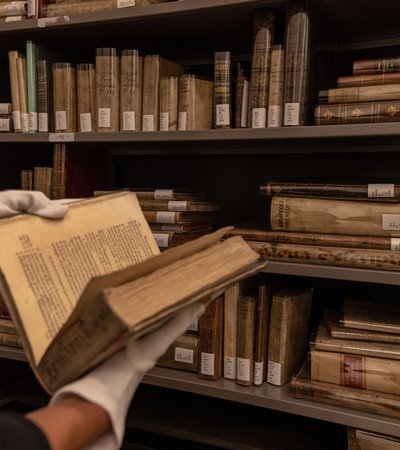
Story
What is a rare book?
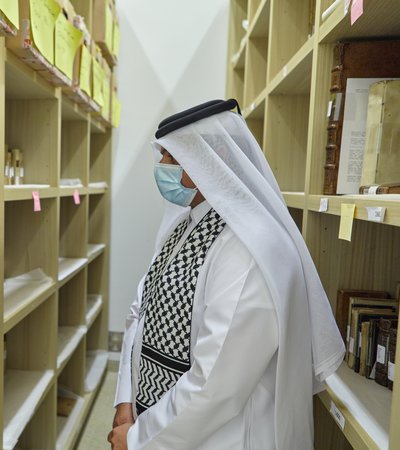
Story
What is a manuscript?
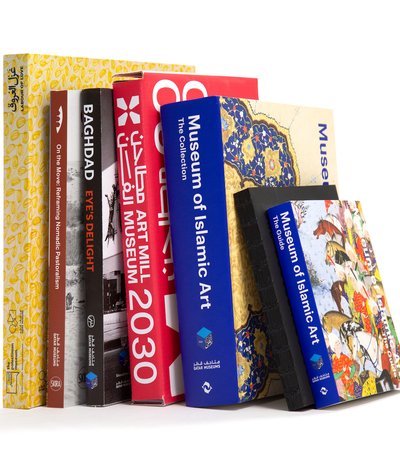
Publications
Qatar Museums Publications
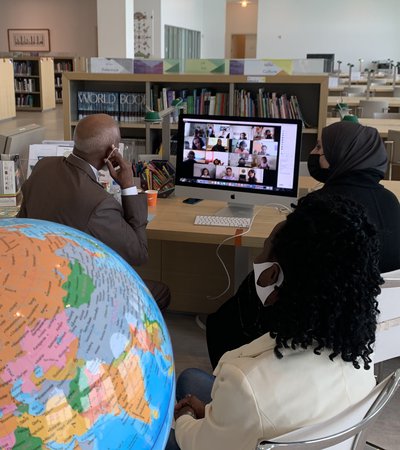
Online Catalogue